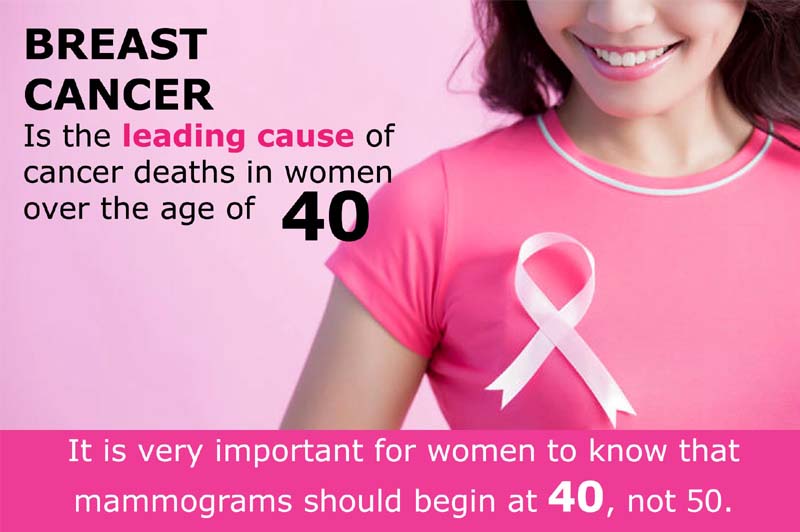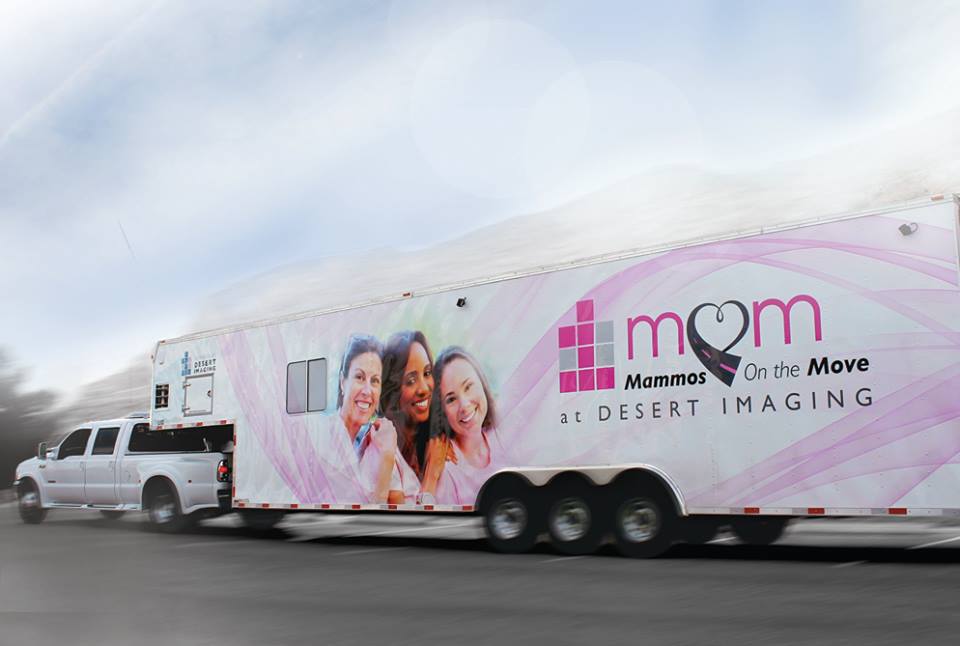DESERT IMAGING MAMMOGRAPHY
The Importance of Regular Mammograms
Mammograms are a key tool for monitoring and protecting.
Most women today understand that mammograms are a key tool for monitoring and protecting their health. Mammography is important because it can help detect cancerous cells early, before a lump has time to form. Catching the cancer this early helps patients and doctors to identify and treat any issues quickly.
Both the American College of Radiology and the American College of Obstetrics & Gynecology recommend yearly mammograms starting at age 40, or at 35 if you have a family history of breast cancer. While a family history of breast cancer can be a risk factor, most cases of breast cancer are due to spontaneous physiological changes that have nothing to do with genetics. If you do not have a family history of cancer, you should still follow medical guidelines and get a mammogram every year starting at age 40. Women over 40, and anyone with a family history of breast cancer, should discuss with their doctor when to begin annual screenings.

Early detection can save your life
Often, when breast cancer is discovered via a lump on the breast, it is already fairly advanced. By screening and catching it early via a mammogram, your doctor can begin treatment faster and greatly improve your chances of staying healthy.
There are two different types of mammograms available.
A screening mammogram takes four images, two of each breast. From this, the radiologist can determine if a mammogram is negative or benign. Negative means that there are cysts or nodules that are not malignant. If the radiologist sees something on the mammogram that is questionable, a diagnostic mammogram may be recommended. The diagnostic mammogram uses additional images to give a more complete view of the mass seen.

Screening on an annual basis allows your doctor to catch any problems early.
During your mammogram, the technician will position your breast in a mammography unit. Your breast will be placed on a special platform and compressed with a paddle made of clear Plexiglas or other plastic. As soon as the image is taken, the compression ends. The process is quick, less than 10 minutes.
and making the time annually (or whenever your doctor recommends it) for your mammogram can give you peace of mind.



